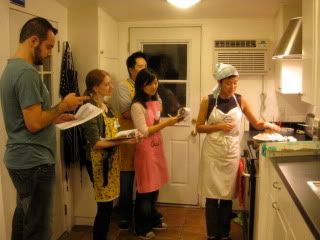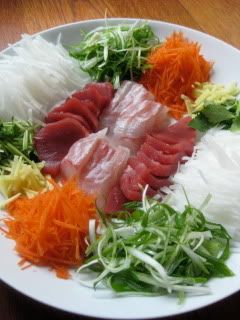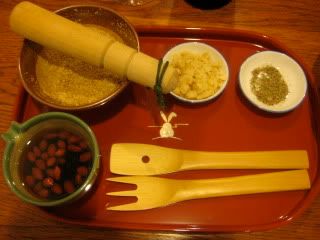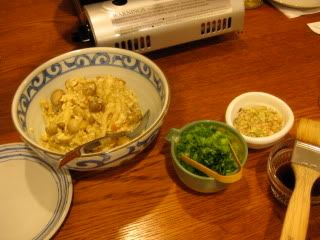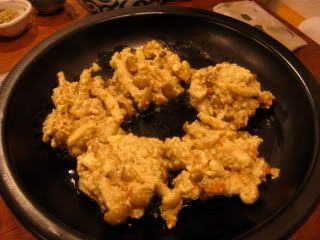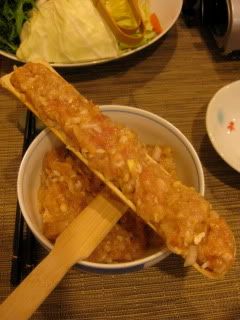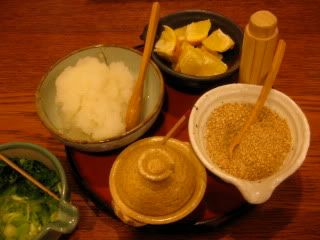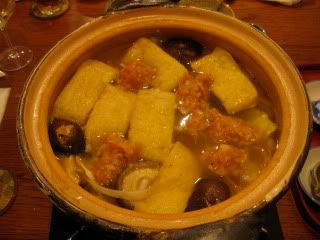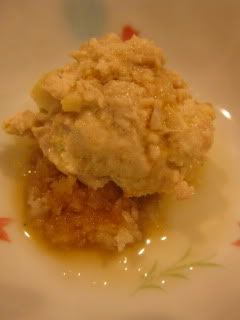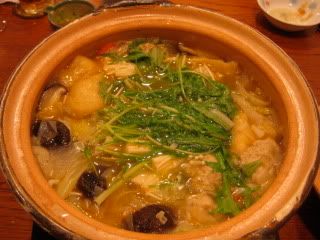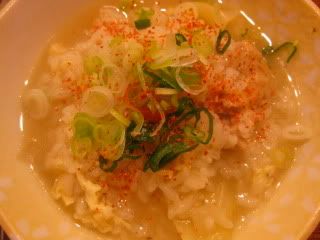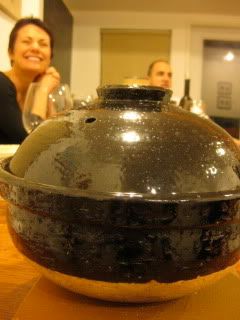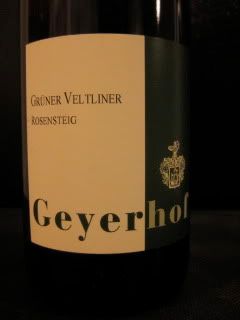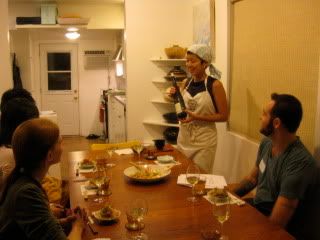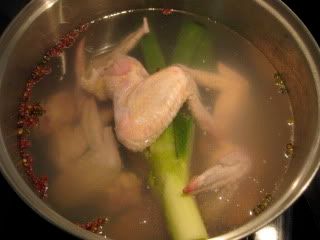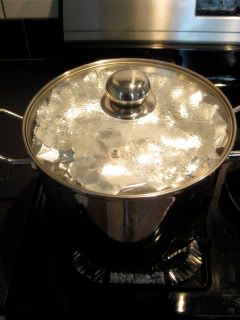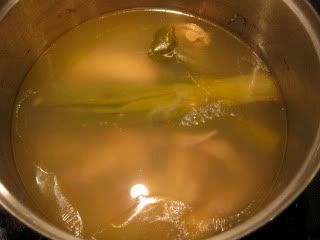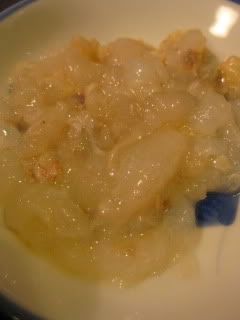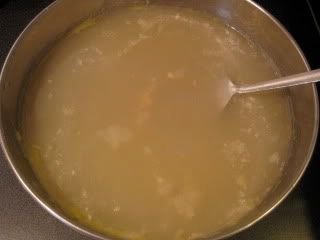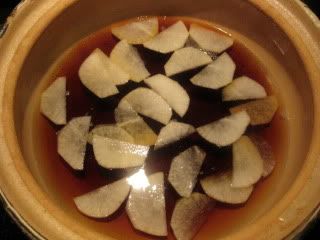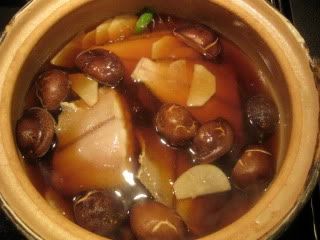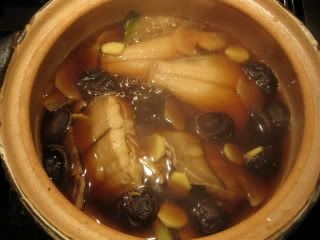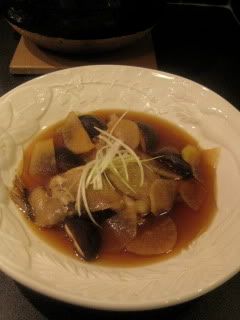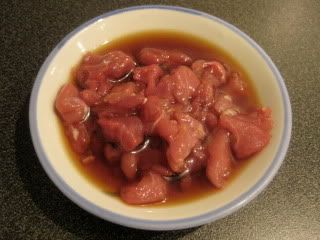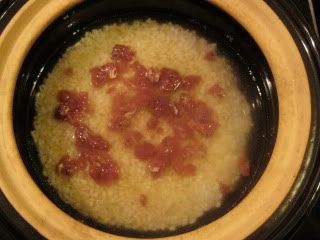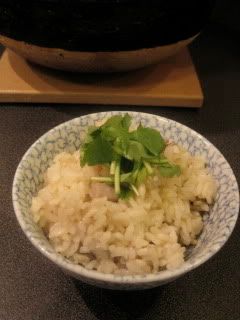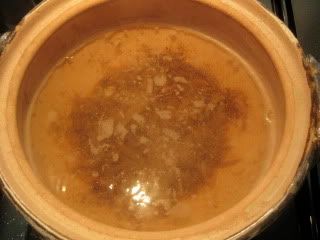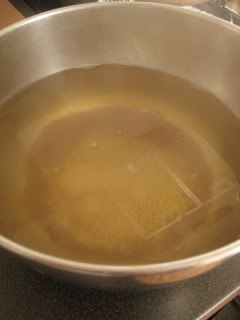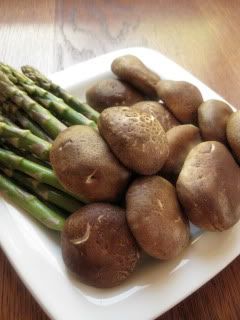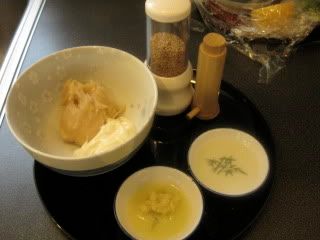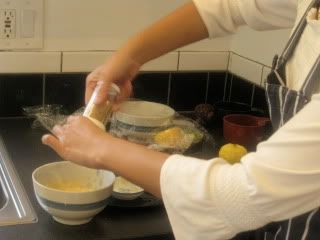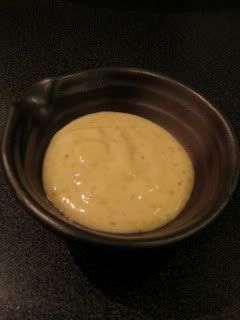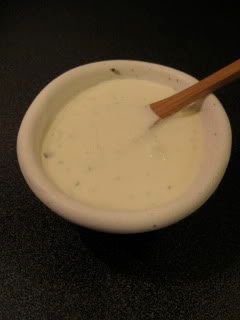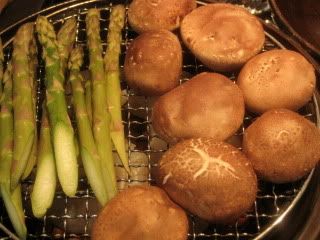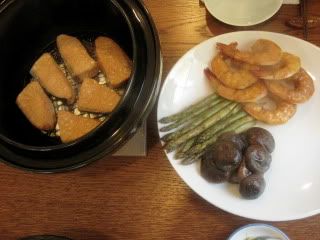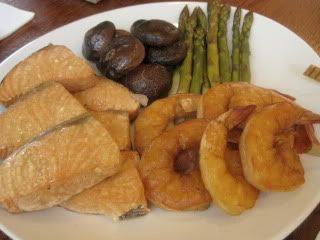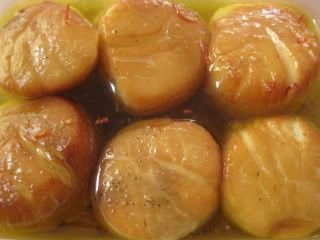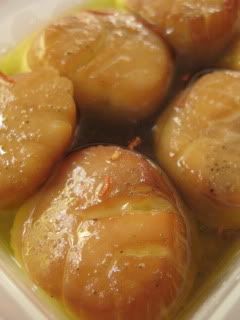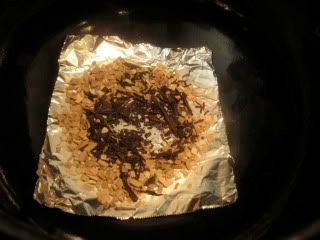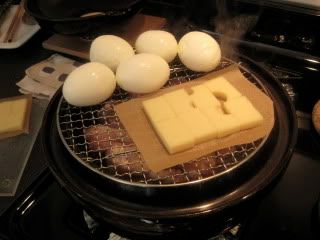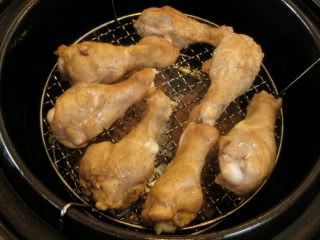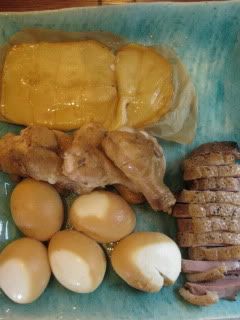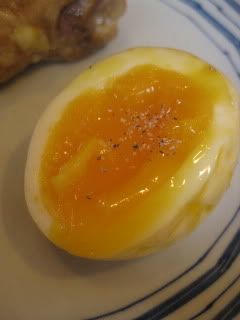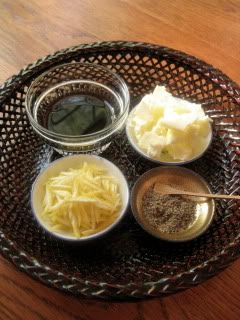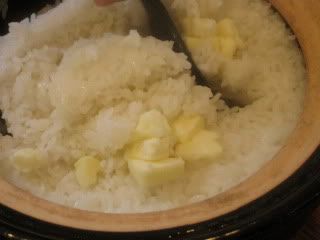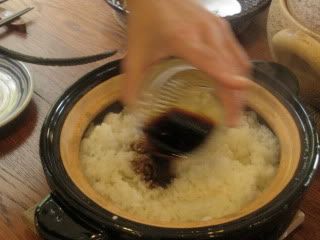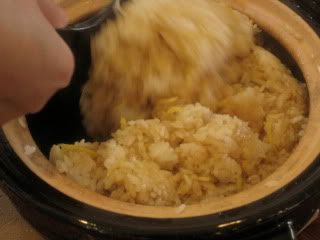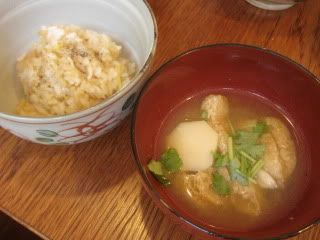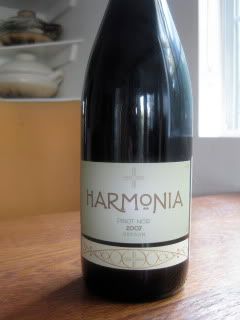
This past Saturday, we had another "Donabe and Japanese cooking class". The theme was donabe smoking.
Fresh dashi stock for the miso soup. We made the satoimo (Japanese taro) and shimeji mushroom miso soup. Miso was the premium "coarse" red kind from Fukui, which I brought back from Japan.
Here are some of the ingredients we smoked. I went to different vendors for the best quality ingredients.
Preparing the dipping sauces. We made two kinds of sauces...Saikyo Miso Dipping Sauce, and Creamy Wasabi Dipping Sauce.
For the first batch, we smoked seafood and vegetables with the sakura (Japanese cherry blossom tree) smoke chips.
Wild-caught salmon, jumbo shrimp, asparagus and shiitake mushrooms. We also tasted Oil Marinated Jumbo Scallops. They were all fantastic. Everybody was so impressed by how smokey and fresh tasting/ texture at the same time the scallops were. That's the magic of donabe smoking!
The meat course was duck breast and chicken drummettes. They were smoked with the combination of sakura smoke chips and Japanese houji-cha (roasted green tea). We also smoked soft-boiled eggs and Swiss cheese.
Miso soup was served with Yuzu Butter Rice.
What a fun and delicious way to spend the sunny Saturday it was. We had a wonderful time with the wonderful guests!
Here's the menu of the donabe smoking class...
"Ibushi Gin" Donabe Smoking Menu
Smoked jumbo scallop, marinated in olive oil
~
Smoked salmon, jumbo shrimp, asparagus, and shiitake mushrooms,
served with Saikyo miso dipping sauce
~
Houji-cha smoked duck breast, chicken drummettes, eggs and Swiss cheese, served with creamy wasabi-scallion sauce
~
Yuzu butter donabe rice
~
Satoimo (Japanese taro root) and shimeji mushrooms miso soup
Wine Selection
2007 Quercus, “Harmonia” Pinot Noir (Oregon)
Happy Donabe Life.



